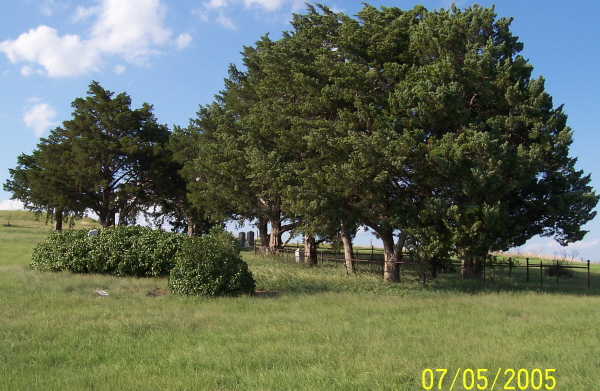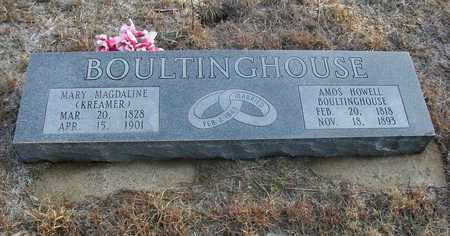
The warm breezes across the farm fields whispered his name…”Abel, gone, gone”. It was the summer of 1864. Eliza Ann had to hold the family together because her beloved Abel was not coming back. As she looked across the Franklin County, Maine, fields, she could hardly hold back the tears of grief. Such sadness for one heart to hold!
He was 20 years old, and she was 17 when they married. In the 18 years of their marriage, they parented 8 children. The land they farmed could hardly support them as they relied on charity. So why did he enlist in the 2nd Maine Cavalry in January, 1864? Was the cause calling him to action?
Before he left, he has his likeness taken. Proud in his uniform. Proud of his military contribution to county. Proud of his heritage dating back to his ancestors of the Revolutionary War. Proud to be in the cavalry. He was going far from home to help protect a city he knew little about, but he had been called to serve.
Abel was stationed near New Orleans to protect the city. Beginning in April, 1864, he had complained of heart pain and asked to be placed in the field hospital. The Army surgeon diagnosed him with rheumatism and placed him back on duty. On May 26, when his regiment was leaving the city, Abel fell from his horse and died. He had endocarditis, a heart condition. He was buried in Louisiana.
Back in Maine, Eliza Ann received word of her Abel’s death…gone in Louisiana. She wasn’t sure where that was. Buried…she wasn’t sure where. Never to see him again…how would she survive?
Through time, Eliza Ann took in boarders to support the family. She applied for a widow’s pension which was granted in 1865 in the amount of $8/month. She never remarried and lived 43 years without him. Did she ever journey to his burial place so far from home?
Note: In looking over my tree, I first noted Abel’s Civil War likeness and his death date. I became curious as to his story. In researching him, I found these facts about him. He lies buried in Chalmette, Louisiana, National Cemetery. Did Eliza Ann ever get to visit his resting place?









